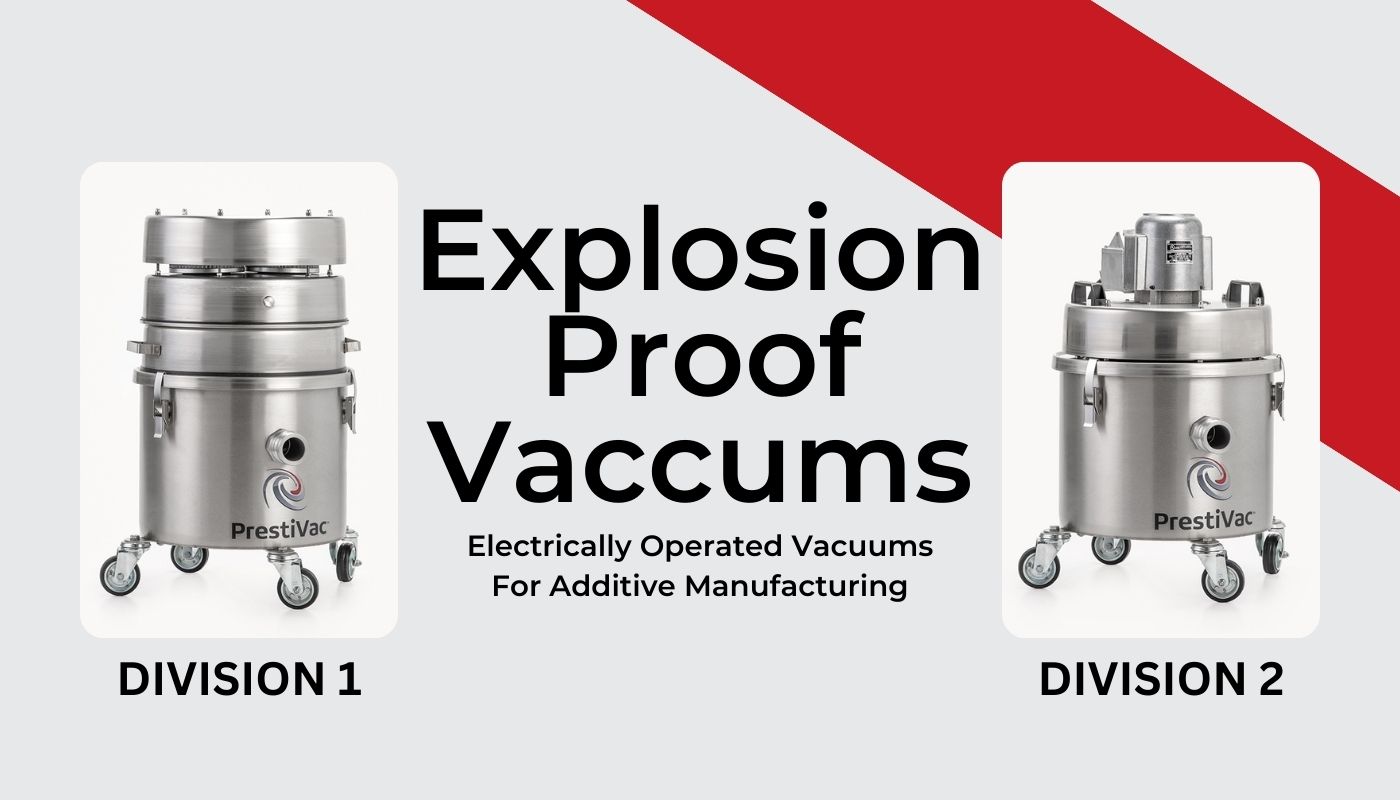Acids and bases are chemicals that are dangerous to human tissue. They may cause chemical burns, respiratory distress and fire hazards. The safety hazards are more serious when working with concentrated forms of acids and bases, but injuries can occur even with dilute solutions.
There are numerous uses for acids. Acids are often used to remove rust and other corrosion from metals in a process known as pickling. They may be used as an electrolyte in a wet cell battery, such as sulfuric acid in a car battery. Strong acids, sulfuric acid in particular, are widely used in mineral processing.
Corrosives are materials that can attack and chemically destroy exposed body tissues. Corrosives can also damage or even destroy metal. They begin to cause damage as soon as they touch the skin, eyes, respiratory tract, digestive tract, or the metal.
Common acids include hydrochloric acid, sulfuric acid, nitric acid, chromic acid, acetic acid and hydrofluoric acid. Common bases are ammonium hydroxide, potassium hydroxide and sodium hydroxide.
Some corrosives are also flammable or combustible and can easily catch fire and burn or explode. Some corrosives are incompatible with other chemicals. They may undergo dangerous chemical reactions and give off toxic or explosive products if they contact each other.
Suggested Acid & Corrosive Recovery Vacuums Activated Carbon:
PrestiVac Acid Collection Vacuums are designed to safely vacuum a wide variety of acids and corrosive liquids. These vacuums are constructed with non-corrosive materials and come complete with acid resistant suction hose and tools. The Activated Carbon Filtration System adsorbs the harmful, toxic vapors and fumes generated from the acids and corrosive liquids, making sure the operator and environment is clean and safe.
Which Industries are at Risk with Acid & Corrosive Liquids?













